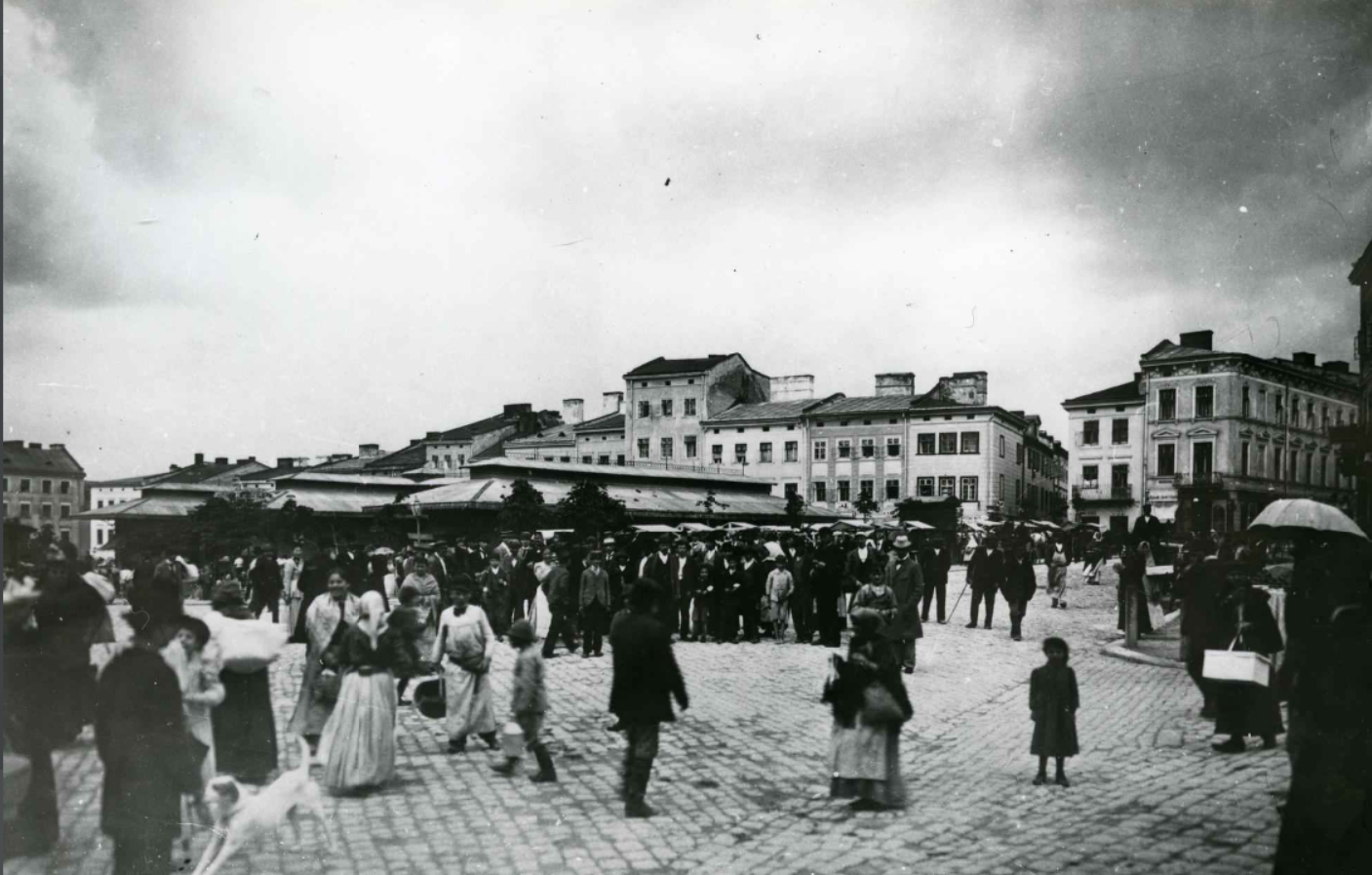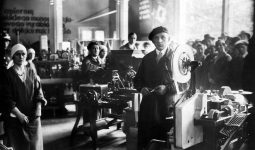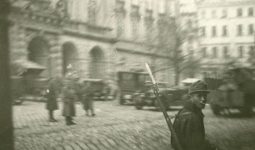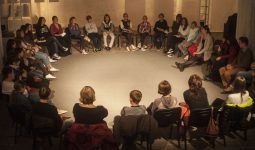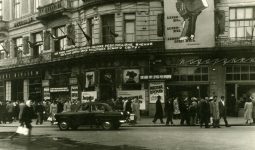The city and female workers: between productive and reproductive life
Dr. Ivanna Cherchovych
July 2018 — present
This study focuses on working women in the city and their personal lives, constructed on the basis of the only available to us sources of their direct speech, namely criminal cases, as well as testimonies about this category of the urban population, found in the daily press, and in the private correspondence of the house owners in which they [female workers, t/n] worked (when it comes to domestic servants, for example).
The purpose of the research is to look at this category of women in a city through the prism of their attempts to reconcile their productive and reproductive lives in the city and their strategies for survival in an environment inhospitable to their privacy and potential motherhood. Who were these women, how special or unspecial were their experiences, and what can they tell us about the city of their time? Taking into account the fact that most of the working women in the city were migrants from the surrounding villages, how did the city appear to them? How did the family structure of the urban poor change under the influence of urbanization and industrialization? Another interesting point is the conflict between the ever-increasing presence of women in the local labor market and the few opportunities for them to combine work with their potential motherhood. The result of the gap — and at the same time a demonstration of the reproductive agency of the poor — was a well-established and functional municipal childcare network that included peasant women from suburban villages, who earned money by taking in the children of urban female workers, as well as numerous intermediaries between them: midwives, female pimps and traders.
The use of criminal cases of the Lviv Regional Court (Fund 152 of the Central State Historical Archive of Ukraine in Lviv) as one of the research sources is not intended to project the criminal experience, which is essentially exceptional, onto the entire poor female population of the city of that time. It is meant to demonstrate that the deviance of the stories told in criminal case reports can be undermined by their frequent similarity to each other, and most importantly — the stories they tell are testimonies not only to the crimes but also to the environments in which they were committed. After all, these women cannot be called professional criminals: as the vast majority of the stories, which will be the focus of the research, indicate, the crimes committed by the authors of these stories were their first criminal experiences. Therefore, what they described reflected not so much a specific criminal environment but rather what could theoretically befall any woman in the circumstances in which they found themselves.
Public presentations
- The poor and the pregnant in late 19th-century Lviv, open lecture as a part of the course Gender Dimensions of Spaces of Modernity, December 2020 https://www.youtube.com/watch?v=_cmrv1Tw7hw
Publications
- Women, (in)Security and the City, Lviv Interactive, June 2021 https://lia.lvivcenter.org/en/events/women_safety/
- Private in the City, Lviv Interactive, June 2022 https://lia.lvivcenter.org/uk/three-stories-of-women/
Credits
Cover Image: Tanas Nykyforuk // Krakivskyj Market. Photo reproduction // Urban Media Archive
